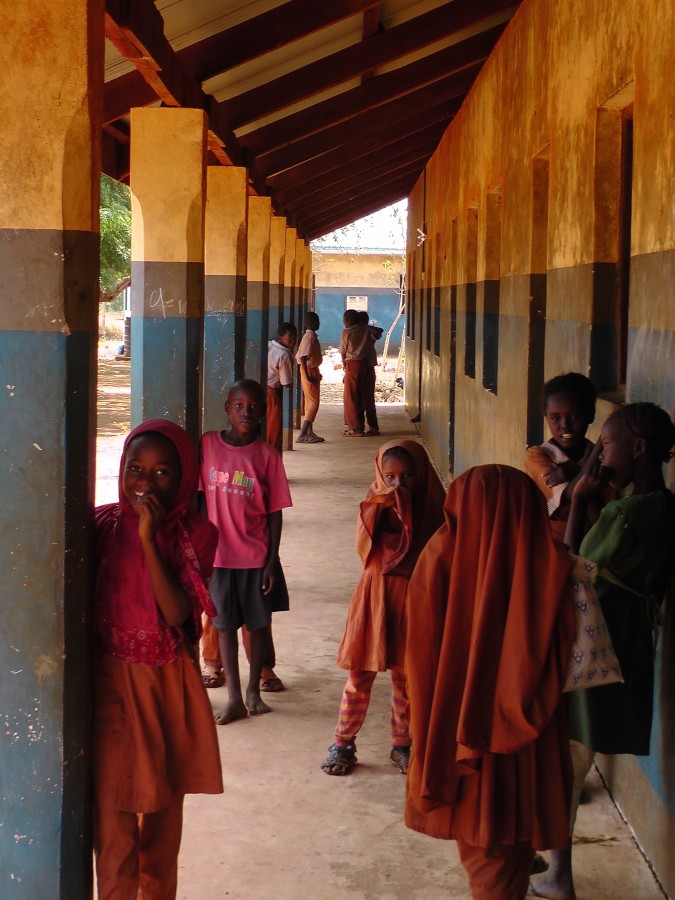Anyone who has read the UWEZO reports on educational achievements in Kenya knows that Kenya is unique in East Africa, for it holds both the best performing and worst performing districts of educational achievements for the area covering Kenya, Tanzania, and Ethiopia. This is important to consider, as studies show that significant discrepancies in social utilities and wealth (i.e. gaps between the rich and poor and what they have access to) has profound implications for a country’s future growth and stability.
On Lamu Island, we have four schools that we have supported with the donation of libraries. There are of course dozens of other schools on the island, and I have seen over half of them, all which have varying degrees of academic accomplishment and resources available to the students. Lamu is considered a marginalized area, so virtually all the schools struggle, but what I saw was consistent with my experience of rural schools in marginalized areas. What I had never seen before, was the difference presented when I visited schools that weren’t situated on Lamu Island. The contrast was so stark, that it didn’t seem possible that I could be in the same area.
When I went to Manda Primary, for example, I surveyed children in class three and class 5, and only two children had ever read a story book. They both had the story book with them that day at class, and I was told they had both been bringing it with them to school every day for two years (when they first read it) because of the pride they felt at owning a storybook. At Manda Primary, over 90% of the students never continue on to Secondary School. This situation is the powder keg for early childhood marriages, high maternal mortality, high infant mortality, violence against women, and insecurity.
We firmly believe at KEY that education is the greatest equalizer, and can play a significant role in closing the gaps I have seen in Lamu. Think of the difference a library would make at a school like Manda Primary?
